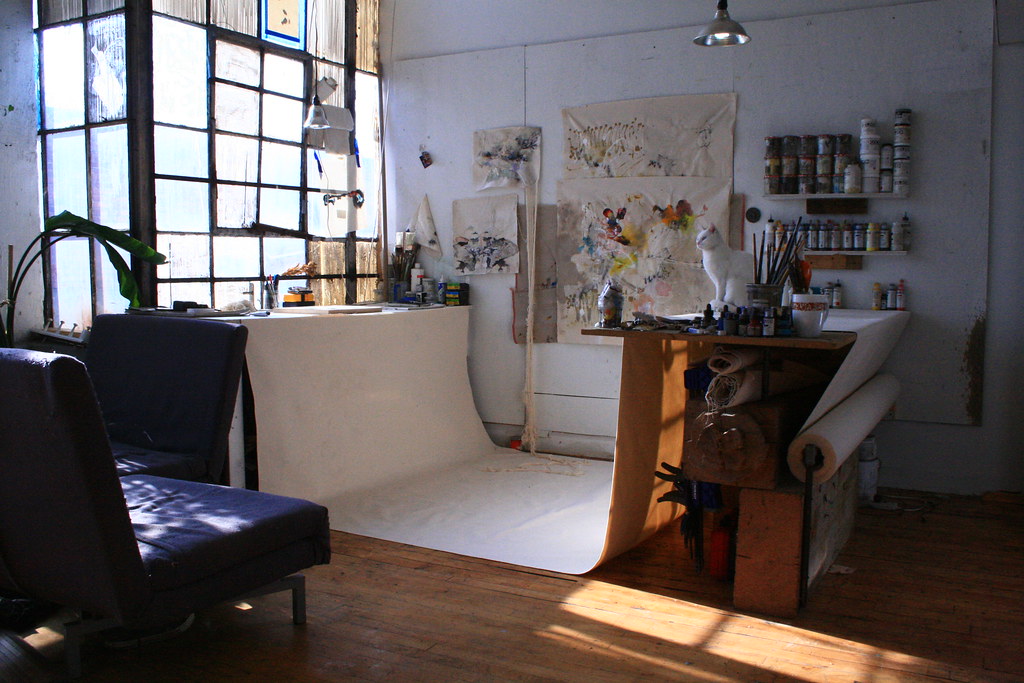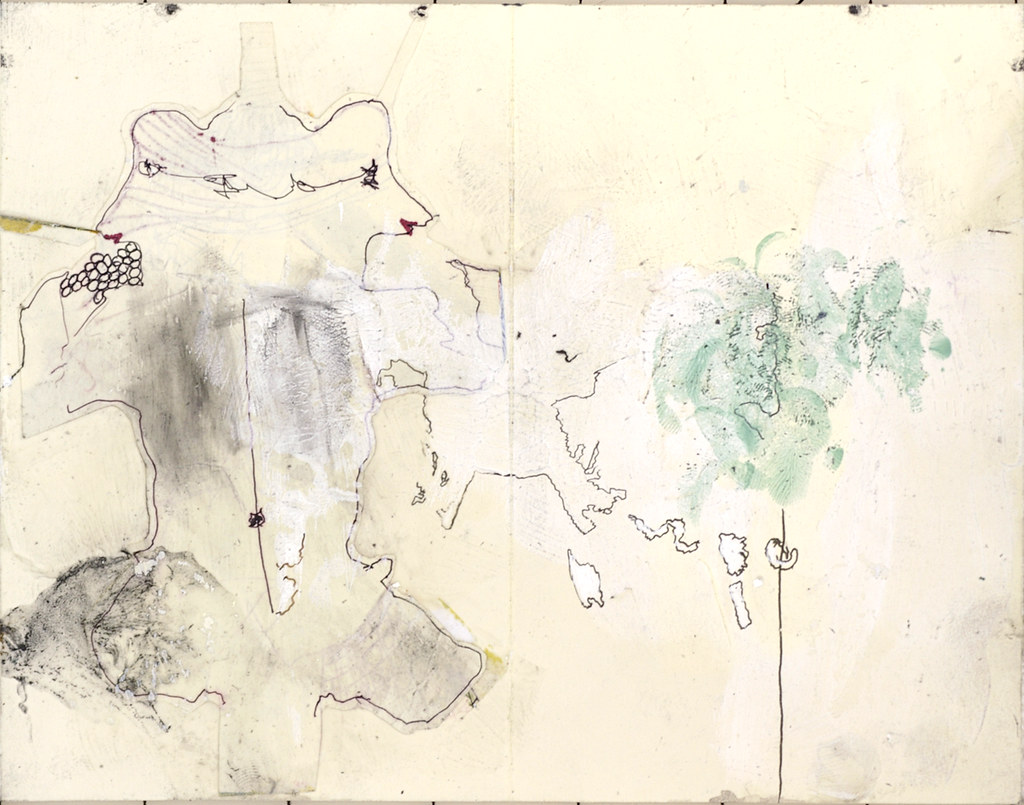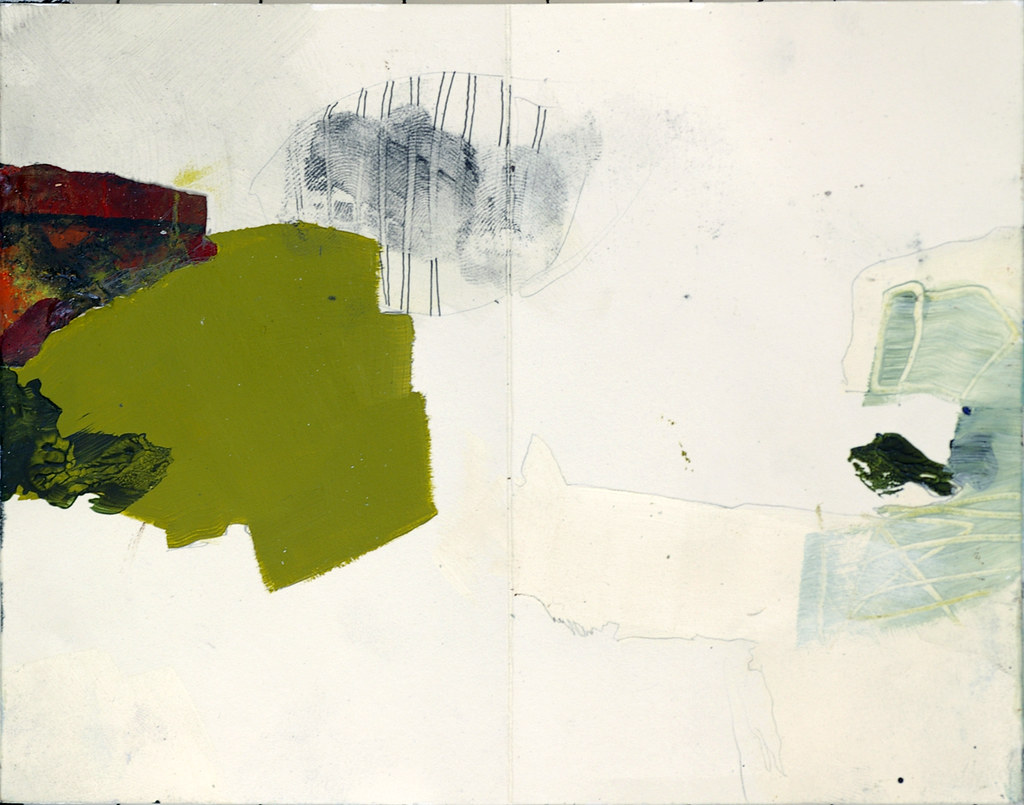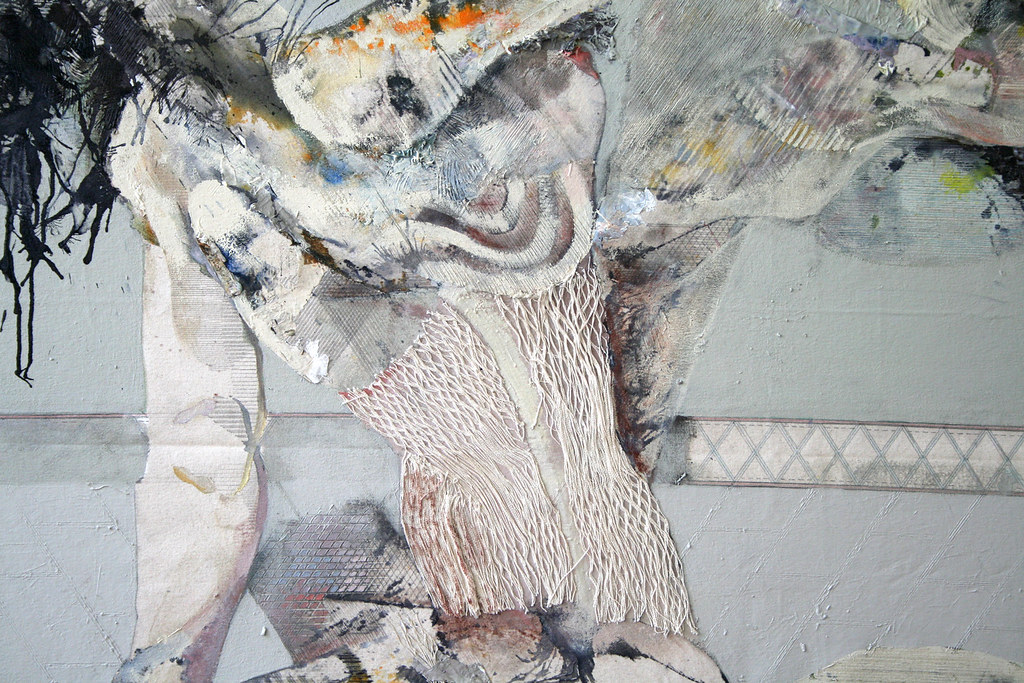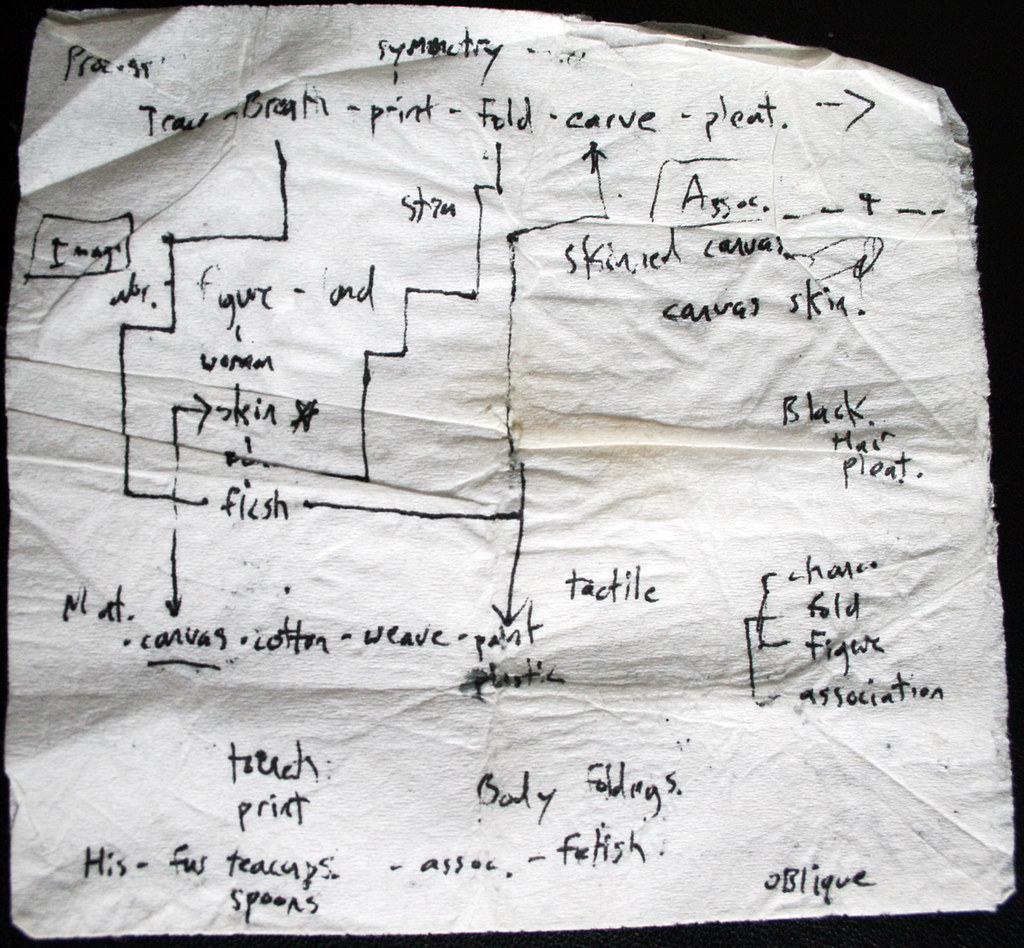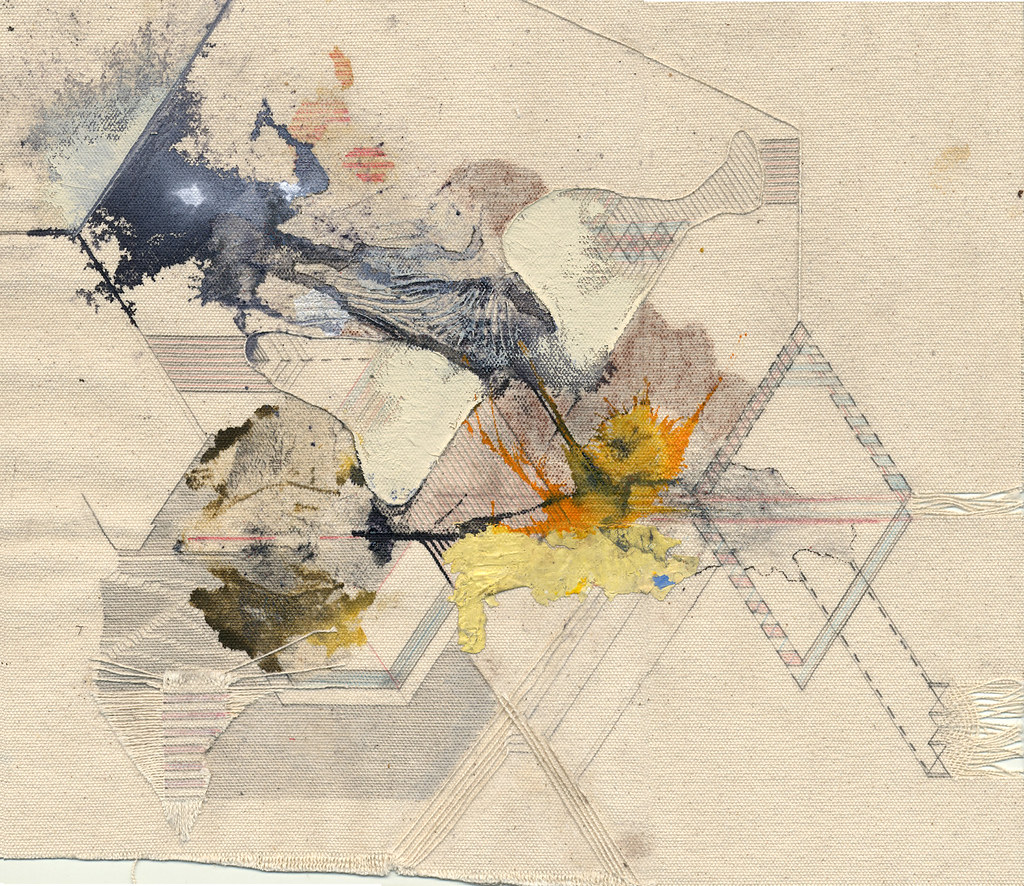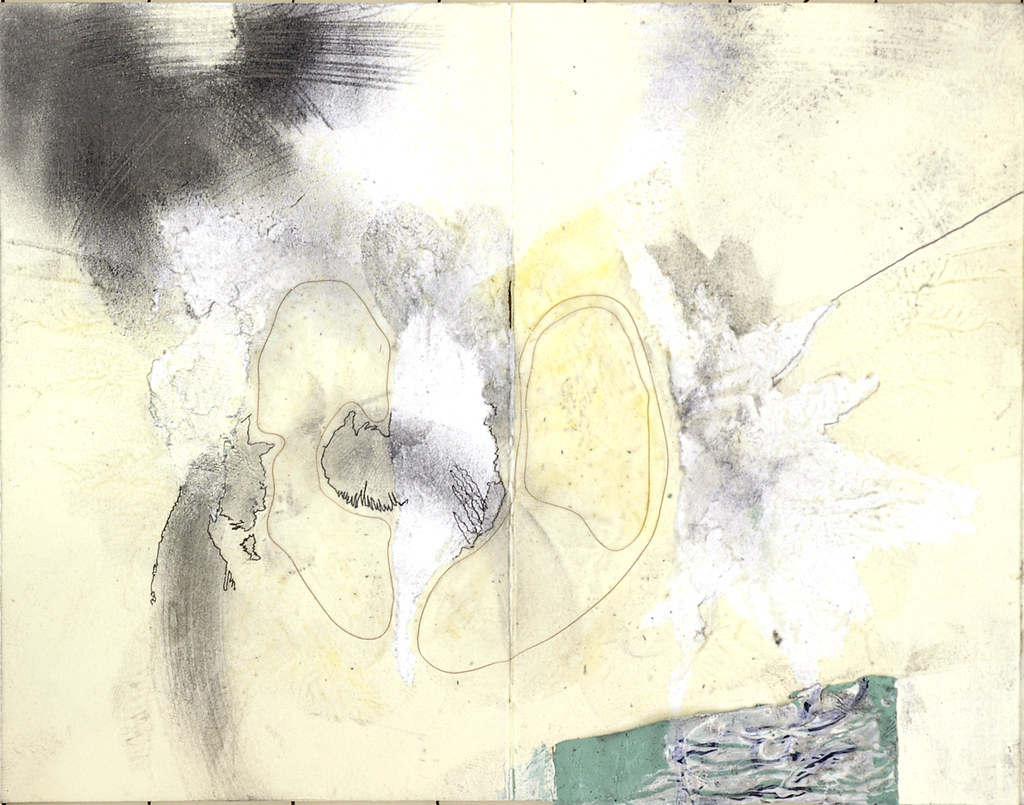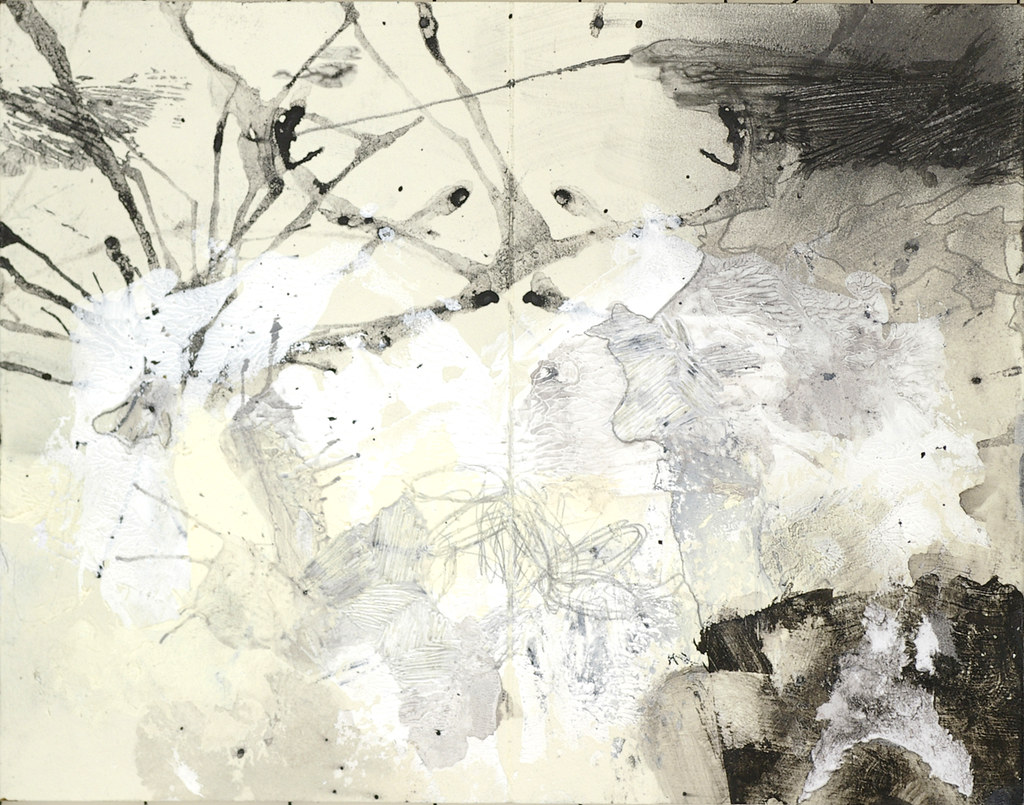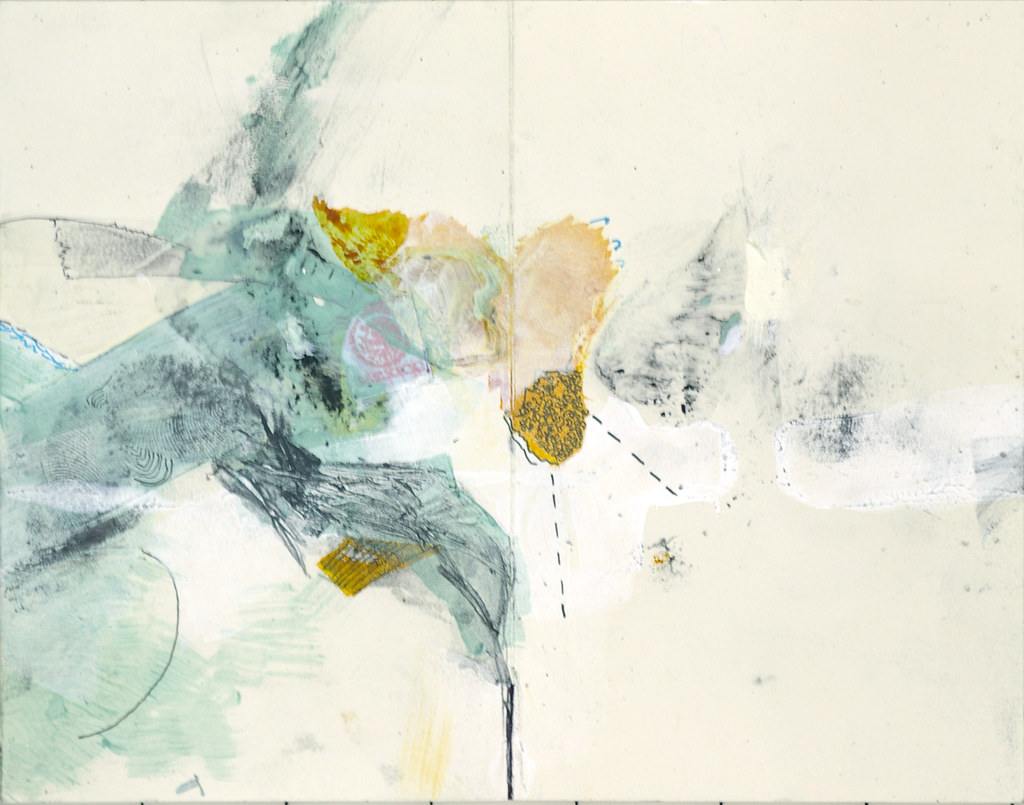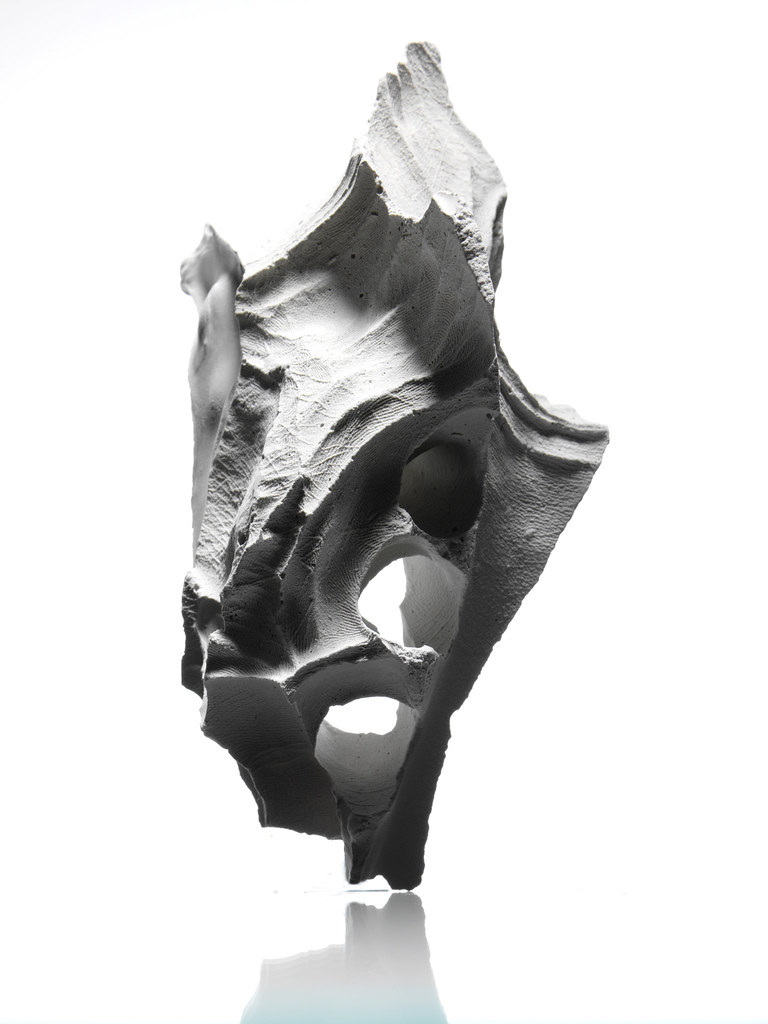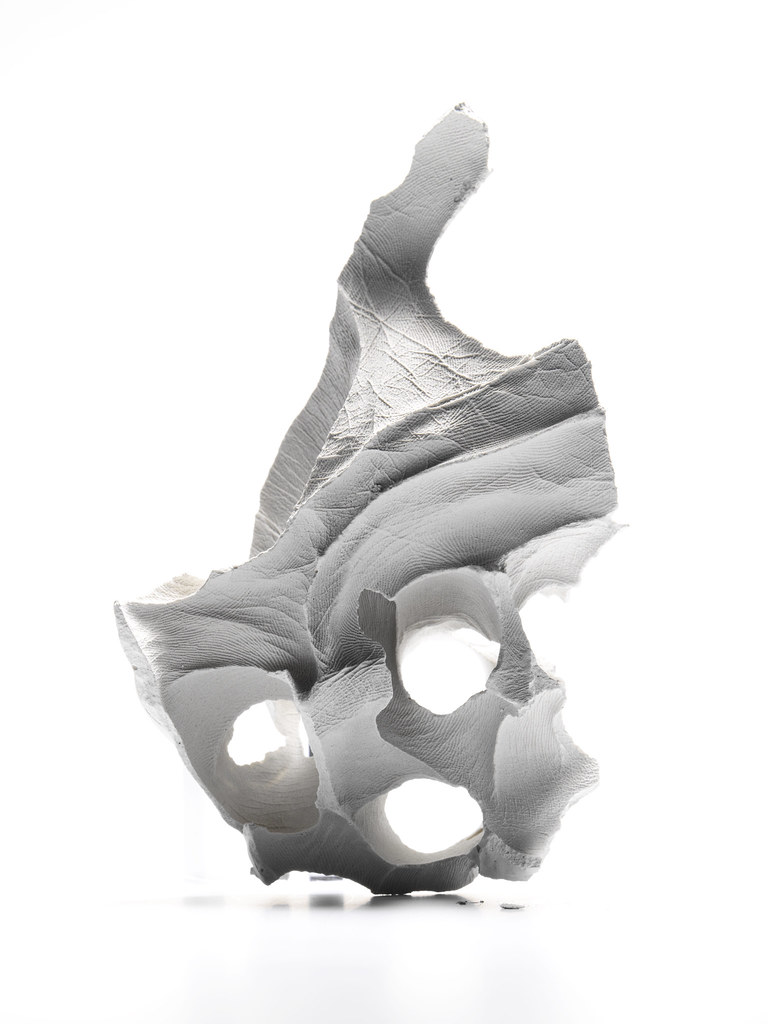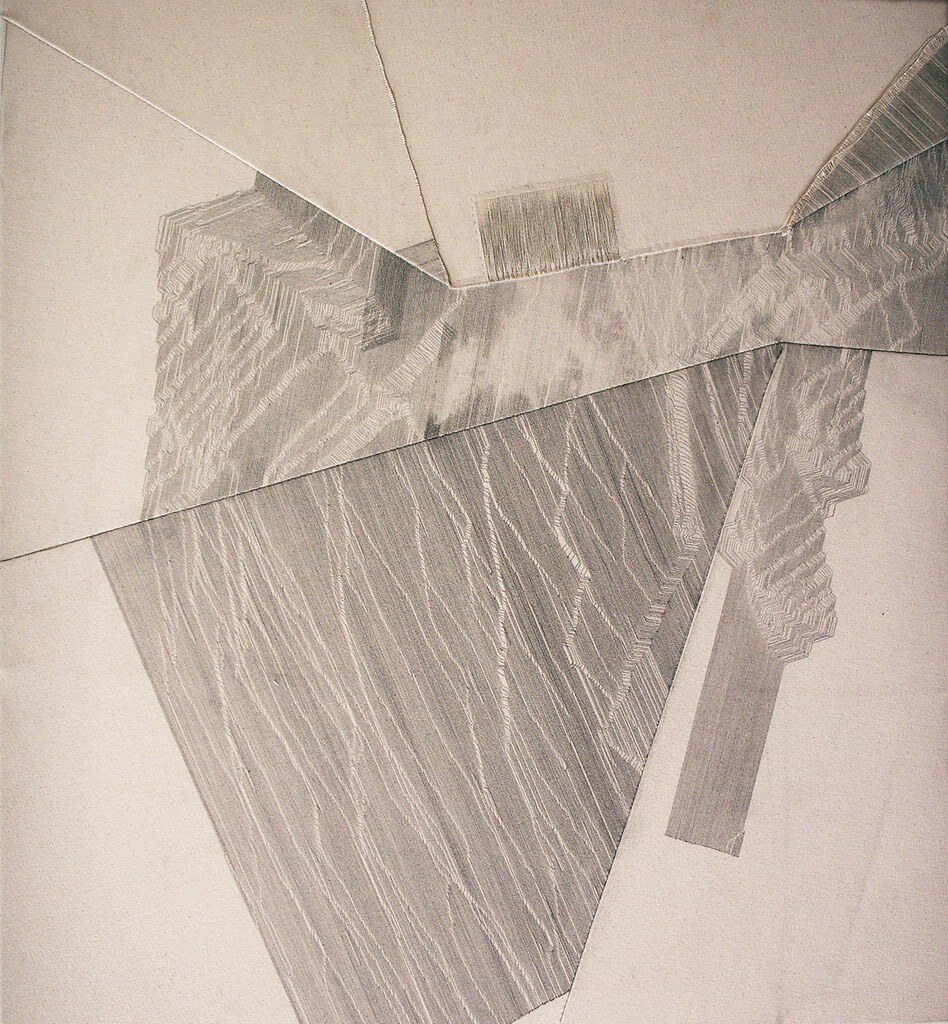
Essence: Surface, Material, Body
I know it's been a long time since my last post. Since my show in Nashville on April 24th, I've spent some time regrouping and reevaluating my work. For the past few weeks I have been working on small canvasses comprised of simple marks and techniques, a way of addressing the canvas similar to when i moved to New York 2.5 years ago. It is interesting to me how a place, or more a space, has such a profound influence on the work that is produced and I have found it extremely helpful to go back to earlier work, not relevant to this place and time. The books, made between 2003 and late 2005, have provided the essence, the language, from which to draw lines of connection from the past to the current. Surface, from paper into canvas, to material, expanding control of paint and color, to body, gestures that engage finger, wrist, arm... all of these have been moves that push the work forward. However, what I wish to discuss in the next couple weeks are strategies and conditions that remain constant in order to find a essence, that which is relevant to any scenario past or present, since intuition is a property extremely difficult to curb. In short, I'm getting in touch with my inner luddite, the way I engage surface through material. Though the work in the books are old, (and being kept on life support by other "artists"), I will use their imagery to explore these properties, from surface to material to gesture (body), and the connections (often non-linear) between these three points. I would love any addition insight others have to add on these subjects as they go.
Surface: Part 1, Structure
Whether canvas or book, each surface has in implied nature in which to address it. When beginning the books I found that just the process of flipping the pages, using the book, created marks that transferred to create reflections. I don't want to make this a step by step process of how to make this kind of work, that isn't interesting for anyone, but as an example I see that canvas has a similar nature. It wants to be pleated, bunched, draped, unravelled, stretched (as in the case of most paintings), and all these contortions provide a variety of traces to be revealed. Whether using bricks that want to be stacked (dimension / weight), my first thought is how let the structure of the material combine with the intuition of the body, perchance, creating an experience where the viewers eye can act to re-enact the making. The result cannot be classified as purely abstract if the mark is a clear representation of action. In both these cases (above and below) the 'reader' reenacts the process by opening. In close, what does the surface want to happen and how can that be manipulated to become more or less apparent.
see whole book at:
http://www.flickr.com/photos/mylesbennett/sets/72157618839086535/

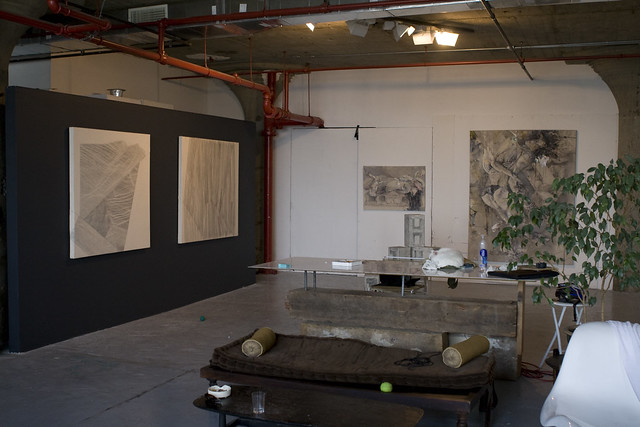
 So I moved; a year ago. It's the Hummer SUV of my last apartment. Bigger, bulkier, with 1/2 the gas mileage. Anyway, after not writing on this thing for almost two years, I thought I should check out the last post to see where should pick up again. To see how I write things down(pretty badly I see), but oddly enough the post was about rebuilding the studio to accommodate a particular project. To recapitulate, I was taking 90' roll of canvas in a particular setup(shown below) to explore marks and material effects on the vertical/horizontal, the floor/table that would goes though series of events as it sort of finished itself. If it sounds flimsy, it's because it never really happened, I got 7' into after a month of solid work, then the program changed...over and over again. This 'little' project kept going for about 18 months off and on. What I find humerous, but defeating, was that after all that time, I did the one thing which the parameters laid out sought to avoid. I turned it into a figure, I cropped it, then I stretched it... but at least I sold it. Here was the result, minus the blocks.
So I moved; a year ago. It's the Hummer SUV of my last apartment. Bigger, bulkier, with 1/2 the gas mileage. Anyway, after not writing on this thing for almost two years, I thought I should check out the last post to see where should pick up again. To see how I write things down(pretty badly I see), but oddly enough the post was about rebuilding the studio to accommodate a particular project. To recapitulate, I was taking 90' roll of canvas in a particular setup(shown below) to explore marks and material effects on the vertical/horizontal, the floor/table that would goes though series of events as it sort of finished itself. If it sounds flimsy, it's because it never really happened, I got 7' into after a month of solid work, then the program changed...over and over again. This 'little' project kept going for about 18 months off and on. What I find humerous, but defeating, was that after all that time, I did the one thing which the parameters laid out sought to avoid. I turned it into a figure, I cropped it, then I stretched it... but at least I sold it. Here was the result, minus the blocks.

